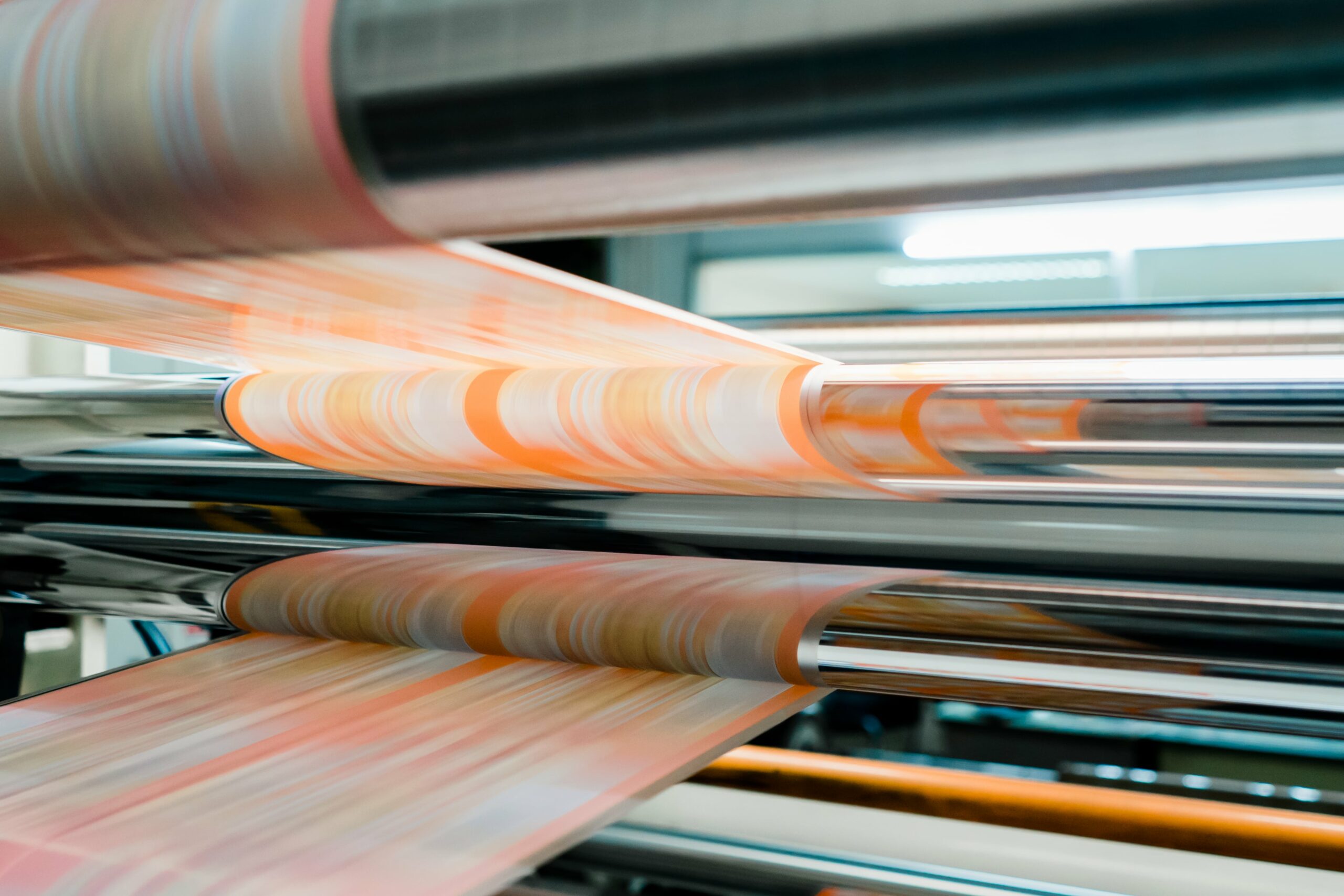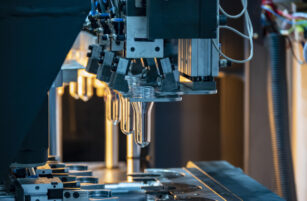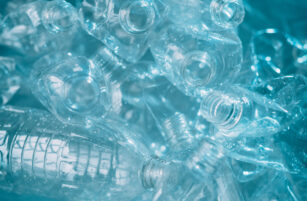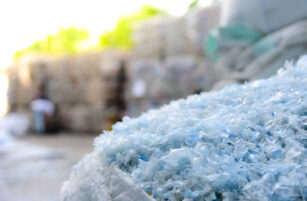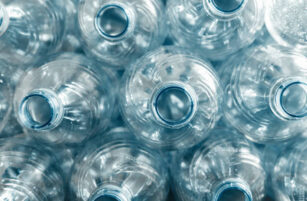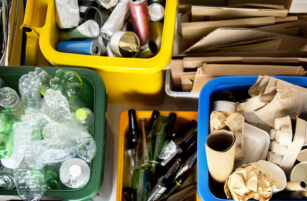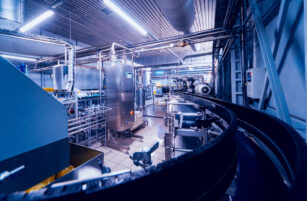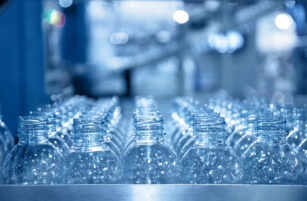
A Quick Recap
In previous reports, we’ve looked at the market for aluminium beverage cans and foil trays. Here, we’ll discuss a relatively new area of growth, namely flexible packaging, in the form of pouches and their comparison to rigid packaging, such as plastic and glass.
Convenience and the Absolute Barrier
There are many configurations of pouches, which are part of the flexible packaging family, both in the shapes and sizes but also in the construction. In its simplest form, a pouch has three layers (but multiple layers above this are also possible).
The outer layer is typically made polyethylene (PE), but increasing higher partial barrier polyesters, such as biaxially-oriented polyethylene terephthalate (BOPET). This layer has to be of high tensile strength (stiffness) and is also heat resistant and suitable for printing.
The middle layer is the one that is important to the aluminium industry.
It is typically made of metalized polyethylene terephthalate (PET). The metal in the metalized PET is aluminium. It’s important because the foils used in this layer have been a fast-growing market competing with receptacles such as glass and plastic bottles where there was no opportunity to sell metal, apart from a few wrappers on champagne bottles. There is also an offset because some products, such as soup in aluminium cans, are increasingly found in pouches. The aluminium provides what is sometimes called an ‘absolute barrier’ because it stops oxidation, moisture, gas and UV light damage and aroma loss, all giving a long shelf life.

The inner layer is typically made of PE to preserve integrity and seal strength.
The layers are bonded together by adhesives and additional layers can be added to suit the intended purpose.
Flexible packaging has many advantages in terms of its weight compared to rigid packaging and its ability to be structurally sound when filled with contents and yet can be flattened when emptied. However, as we’ll see, there are issues that have implications for the aluminium foil industry.
The Doypack and the Retort Pouch
You may be familiar from your own shopping experience with the extensive range of soft packaging and the products that can be found within. Common examples include the zipper pack, the tear pack and even packs with windows in them, which look great, but nullifiy the qualities of the aluminium foil we have described.

Leon and Louis Doyen are the founding fathers of these packs, created in 1962. Their design and production of the stand-up pouch was so iconic that it is often named the ‘Doypack’ after them.
Critical to the success of their later and more efficient process was the move from horizontal production to vertical production, facilitating the aluminium foil to be used from a spindle. Doypacks can be fitted with or without caps/spouts (for liquids). They are popular for a wide range of foods, snacks and pet food. They are also used for liquids, such as soups, water and baby food.

A further iteration and area of growth, which uses aluminium foil, is the retort pouch. They will often have an additional layer of nylon, for durability and puncture resistance. They were originally developed by the US military as Meals Ready to Eat (MRE) and are now used in a variety of foods designed for convenient and immediate heating and eating for soups, instant noodles and also for cold beverages, such as Capri Sun. For the warm meals, the aluminium layer is vital. They make a camping holiday much more enjoyable.
Too Good to be True?
This industry is growing quickly with common estimates of 6% or more Compound Annual Growth Rate (CAGR) globally. However, we think some caution is required in the longer term.
There are issues over recycling.
Once mixed components (aluminium and plastics) are used as in flexible packaging, recycling becomes much more challenging. This applies to both the sachet and to the plastic top/spout (if fitted).
Technology does exist for both incinerating and recycling to recover the aluminium, but it is not currently widely available.
For incinerating, in the best clean burning waste-to-energy systems, where waste is converted into usable heat and electricity, some of the aluminium can be recovered from oxidised ashes at the base of the incinerator. For recycling, there are several known technologies, including Enval Microwave Pyrolysis, which recovers all the aluminium and produces energy. Also possible is high speed sorting or separation of the plastic flakes to recover the aluminium and Saperatec, or the Urban Mining Corp process, which concentrates on layer separation.
Manufacturing is slower for beverages and other soft foods.
For example, a plastic bottle PET fill line can work at 1250-1650 packages per minute, compared to a 400 package per minute pouch fill. However, the former technology is being adapted to the latter by improved filling from the top, so this gap should close.
There are some systems that can produce an acceptable level of shelf life and other properties found in aluminium without using it and are biodegradable or even compostable. One example is NatureFlex™, made by the Japanese company, Futamura. The packaging is made from layers of biofilms from sustainable wood plantations and combined with biodegradable adhesives. Some of these packages are compostable (as opposed to biodegradable) but those are only maximising potential if they don’t finish up in the landfill and are used as intended. This could be a serious threat to the aluminium foil industry in this sector.
One problem this sector faces is credibility, and we urge responsible supply chain buyers to exercise caution. The picture below (with company details removed), clearly states that the product contains aluminium and is biodegradable. The ISO9001 certification adds credibility but has nothing to do with this issue.

A product containing aluminium should never be described as bio-degradable unless hundreds of years to decompose is suddenly acceptable! It could, however, be described as recyclable (after further processing).
Conclusion
Flexible packaging (and the aluminium foils in it) has many advantages, especially in terms of convenience and use of space, but it also has some environmental issues that need to be resolved. This is an evolving sector.

Other Opinions You May Be Interested In…
- Aluminium: The Basics You Need to Know
- Aluminium: A Closer Look at its Carbon Footprint
- Aluminium: The Anatomy of the Can
- Aluminium: From Beverage Factory to Consumer
- Aluminium: New Can Manufacturing Technologies
- Aluminium: Consumer Beverage Trends
- Aluminium: Foil Through the Years
- Aluminium: Food Packaging

